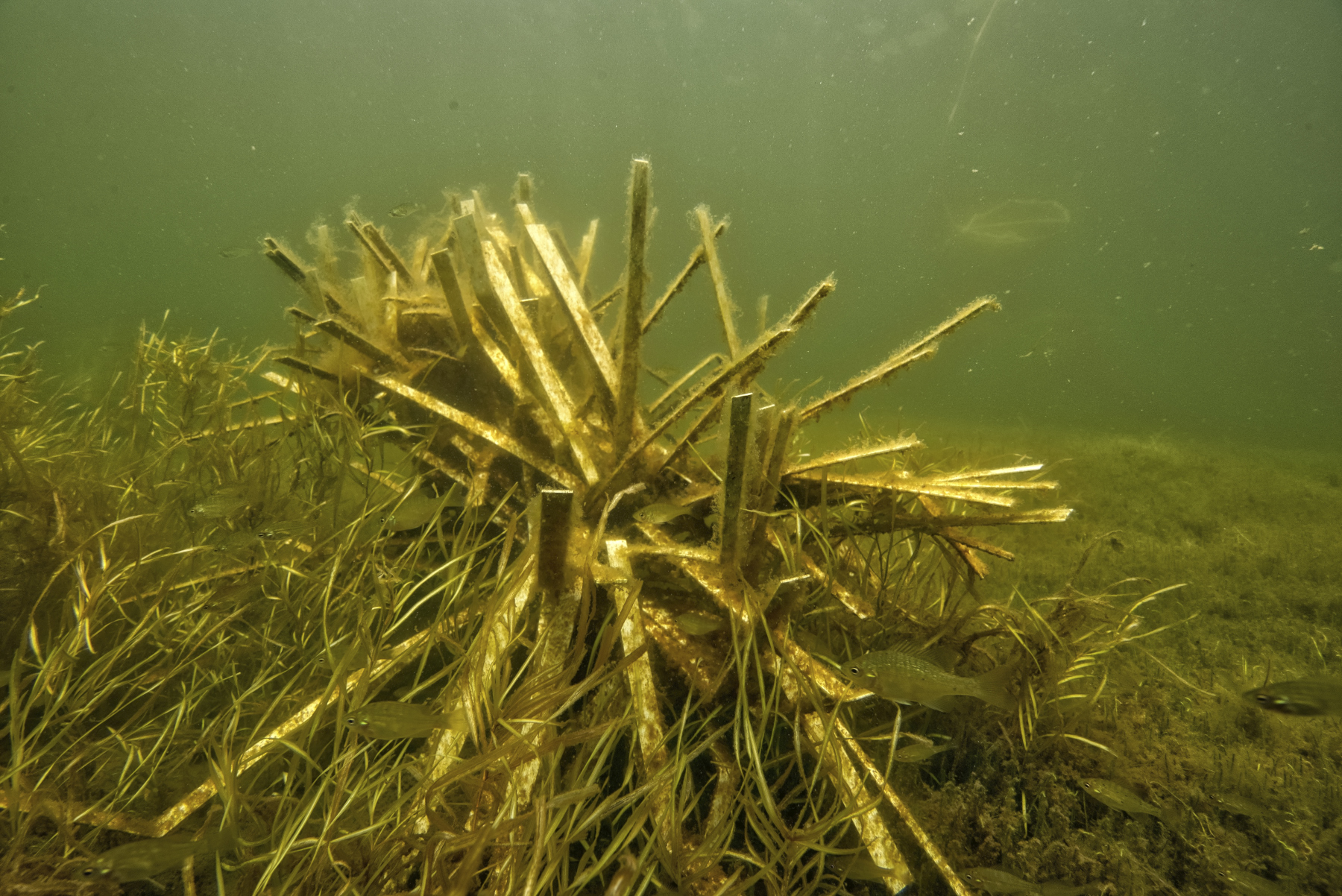Part Three: Taking Cues from Nature
Human beings like their world to be tidy, neat, and straight. We mow our lawns to look like the 18th green at Pebble Beach. The rooms in our homes are perfectly rectangular. We even park parallel to each other. On our farms, the corn is planted and grown in flawlessly even rows. Our city downtowns resemble blocks of box-like structures that are uniform, neatly organized, and composed of straight lines. We use levels relentlessly. If something falls askew or deviates from our rigid conception of order, it’s immediately corrected. Nature, on the other hand is all about apparent chaos. Trees and plants left unattended grow in whichever direction they like. There is no symmetry to an oak tree or to a patch of wild blackberries. A walk in a thick forest is kaleidoscopic, filled with seemingly limitless angles and lines in every direction. Nothing appears arranged or choreographed. Ultimately, perhaps, this is how we discern what’s man-made from what’s natural.
When we started making Fishiding Artificial Habitat, we realized we had to resist the natural human tendency to make these structures geometric. After all, they weren’t going to be placed on our back-yard patios for friends to admire. Instead, they were going to be used in nature—in wild underwater worlds where the currency of uniformity and precise geometry that pleases our human eyes is worthless and alien. To be fully embraced by the fish they were intended to serve, artificial habitat would have to possess the hallmark of natural design. In short, apparent chaos.
Today’s underwater video does a great job of showing you the disordered and untidy non-design of Fishiding artificial habitat. As in a wild forest, you can see how the structures are deliberately created to be random and chaotic. While there are some vertical and horizontal angles, almost all the panels are slanted, twisted, and tilted into a complicated labyrinth imitating coarse woody habitat. The structures offer hidden passageways with dark shadowy hideaways, and they challenge predators with heavily obstructed sight-lines that work to insure the safety and protection of foraging fish. Additionally, there’s a maze of tight spaces that larger fish cannot penetrate. Effective fish habitat must be constructed with a labyrinth of pockets and retreats that are completely inaccessible to larger predators.
While it appears that all the advantage goes to forage species and juvenile fish, predator fish like the smallmouth bass in this video patrol the perimeter. They’re able to penetrate some of the interior but have to sacrifice important ambush speed to navigate the maze. This handicap allows small fish to easily hide or escape. While they’re prevented from unobstructed views or making torpedo-like attacks, large bass patiently linger in the open water nearby where outliers might venture to be picked off. The goal is to create low predation risk and reduce the attack-to-capture ratio but not eliminate it entirely.
There’s a real distinction between form and function. For artificial fish habitat to have any legitimate purpose at all, it needs to be genuinely functional and cannot just occupy space on the lake floor. Does your artificial habitat provide fish with shade, cover, safety, refuge, and food as well as natural habitat does? We believe this can only be achieved by effectively mimicking the chaotic designs we see in nature. They will always outperform the constructions that look like they would be more at home in our human world than in the home of a fish.
Designing and building effective fish habitat is a genuine science. It’s still in its infancy, but we’re learning a great deal every day about the nuances of design and deployment. With today’s deep interest in artificial fish habitat, we’re eager to share our findings with fisheries professionals who want to learn more. We’ve come a long way since the days of throwing discarded Christmas trees into our lakes and calling it a day. Stay tuned. In this continuing series, we’ll show you underwater video of how fish utilize artificial habitat and why so many popular designs are completely ineffective.
For more information contact David Ewald at https://www.fishiding.com
Phone: (815) 693-0894
Email: sales@fishiding.com
